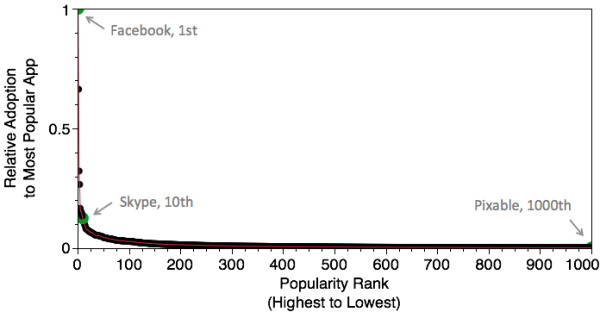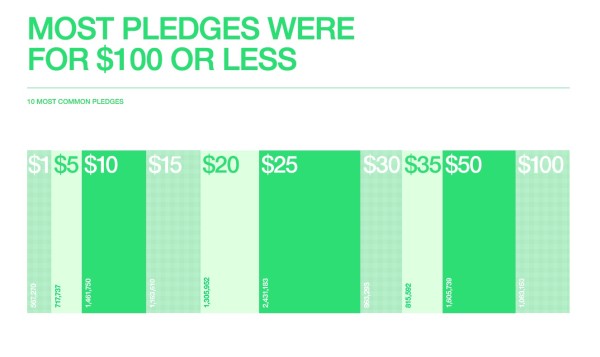Going Offline
Our 60+ portfolio companies have meetups among themselves more 50x a year. These meetings are part of something we call the USV Network. They also have peer mentoring services and a large number of vibrant slack channels. The idea is to get them sharing information with each other in a networked model versus relying on the USV team to provide the information flow. We still do that, of course, but its not the primary way that information flows around our portfolio. We believe in the power of networks and we try to use them in our business as much as as we can.
Last week in one of the meetups, the subject of international expansion and the lack of reliable (and expensive) mobile data in certain regions came up. A number of our portfolio companies have found that providing offline functionality in their mobile app improves app usage and adoption in parts of the world where mobile data is less reliable and more expensive.
This makes total sense but it was not obvious to many of our portfolio companies and it was not obvious to me either. Which is why I am passing this tip onto all of you. If you have a mobile app that is doing well in the more developed regions of the world but is struggling in the less developed regions, think about going offline. That might help.




